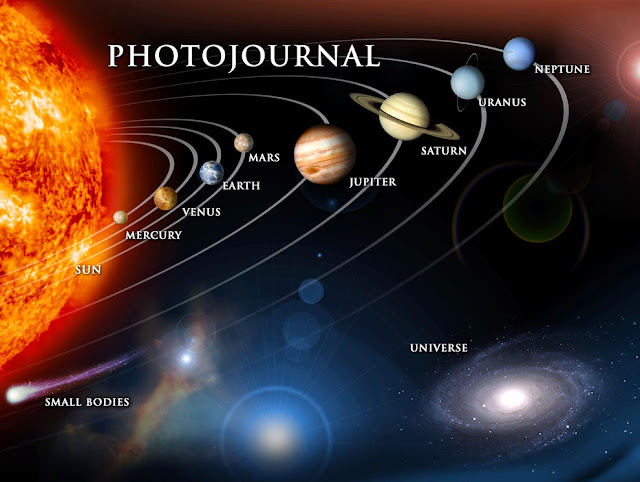Comet Siding Spring approaches within a degree of Mars at 5:07 a.m. CDT today October 19. Closest approach happens around 1:28 p.m. CDT (18:28 UT) when the comet will brush about 83,240 miles from the planet’s surface. Image copyright SEN / Damian Peach
Artist view of the comet passing closest to Mars this afternoon October 19. At the time, the Mars orbiters from the U.S., Europe and India will be huddled on the opposite side of the planet to avoid possible impacts from comet dust. Credit: NASA
More recently, Comet McNaught climaxed at magnitude -5 in the daytime sky near the Sun in January 2007. It was plainly visible in binoculars and telescopes in a blue sky if you knew exactly where to look and took care to avoid the Sun. Would-be Martians are far more fortunate, with Siding Spring appearing high overhead in a dark sky from some locations, including that of NASA’s Curiosity Rover.
Comet C/2013 Siding Spring as it rises and sets over the Curiosity Rover this weekend October 18-19. Credit: Solarsystemscope.com
Right on time for today’s encounter, the folks at Solarsystemscope.com have rolled out an interactive simulation of Comet Siding Spring’s appearance in the sky above Curiosity. Just click the play button on the control panel above to run it live. Seen from Mars, the comet bobs along Eridanus the River southwest of Orion, passing high in the southern sky overnight. What a sight!
The comet nucleus is only about 0.4 miles (700 meters) across, but the coma or atmosphere fluffs out to around 12,000 miles (19,300 km). Seen from the ground, Siding Spring would span about 8°of sky or 16 full Moons from head to tail. Moving at 1.5° per minute, we could watch crawl across the heavens in real time with the naked eye. Wish I zoom to Mars for a look, but the rovers and orbiters will be our eyes as they study and photograph the comet during its brief flyby. As soon as those pictures become available, we’ll publish them here. Can’t wait!
Come Siding Spring comes out the other side!
While we’re waiting, amateur astronomers have been busy shooting additional photos and creating videos from their images. Fritz Helmut Hemmerich made this video from 1200-meters at Tenerife in the Canary Islands showing Comet Siding Spring immediately after its Mars encounter. One thing we know for certain is that the comet is intact after its close brush.
- FASHION WEEK - USA Fashion and Music News
- GOOGLE NEWS - Google News Blogger
- PINTEREST ACROSS THE UNIVERSE - Google Images Nasa Images
- LAST FM - Download Music Legally Direct From Artist
- WOMEN COMMUNITY - Women Communty Photography Videos Beauty
- DISNEY CHANNEL - Photos and Music News
- BABY JUSTIN BIEBER - Google Images Google News
- LADY GAGA - Google Images Google News
- ACROSS THE UNIVERSE - Google Images Universe Pictures
- VICTORIA´S SECRET COMMUNITY - Victoria´s Secret Fashion Show Photos


